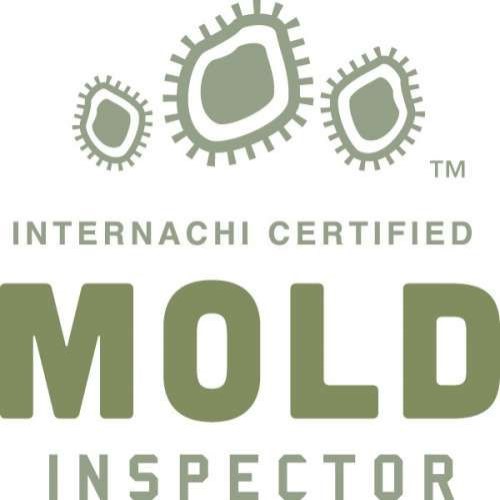Indoor Air Quality Testing
Home Inspectors, You Can Trust
What is a mold test?
Generally, a mold test is a quick procedure that involves taking a swab of the suspected material, inserting it into a liquid, and waiting for a color change.
If the liquid turns green, then the material is clean and free of mold. However, if the liquid turns purple, unfortunately you have a mold problem on your hands.
While instant mold tests will give you a clear, yes-or-no answer to your mold concerns, they will not tell you what kind of mold you’re dealing with and how much of it is present in your living environment. They’re also not a direct indication of what’s in your air.
As such, at Thornton Home Inspections, we only use mold swab tests when clients need immediate answers. Otherwise, we suggest other testing methods.


What is an air quality test?
An air quality test analyzes a sample of air that has been collected from the room that you suspect is contaminated by mold. The results tell you about the various particles—mold spores, asbestos, VOCs, pollen, other allergens—floating around in your air.
Typically, each air sample contains 75 L of compressed air, so the results provide a very accurate snapshot of the health of your indoor environment. Often, air quality tests reveal major mold, moisture, and ventilation problems in seemingly normal spaces…much to the surprise of homeowners.
Which is better?
While the answer to this question really depends on what you want to find out with the testing, we usually recommend air quality testing due to the amount and accuracy of information it provides about your environment.
Mold tests are great if you want a quick, simple answer to your mold worries (for example, if you want to find out if mold is growing on your antique wood table). However, if you’re looking for the big picture, an air quality test is the way to go.
In our many years of experience, we have found that when people request a “mold test” they are actually referring to an air quality test for mold. Hopefully now the difference between the two is more clear.

Indoor Air Pollution and Health
Indoor Air Quality (IAQ) refers to the air quality within and around buildings and structures, especially as it relates to the health and comfort of building occupants. Understanding and controlling common pollutants indoors can help reduce your risk of indoor health concerns.
Health effects from indoor air pollutants may be experienced soon after exposure or, possibly, years later.
Immediate Effects
Some health effects may show up shortly after a single exposure or repeated exposures to a pollutant. These include irritation of the eyes, nose, and throat, headaches, dizziness, and fatigue. Such immediate effects are usually short-term and treatable. Sometimes the treatment is simply eliminating the person’s exposure to the source of the pollution, if it can be identified. Soon after exposure to some indoor air pollutants, symptoms of some diseases such as asthma may show up, be aggravated or worsened.
The likelihood of immediate reactions to indoor air pollutants depends on several factors including age and preexisting medical conditions. In some cases, whether a person reacts to a pollutant depends on individual sensitivity, which varies tremendously from person to person. Some people can become sensitized to biological or chemical pollutants after repeated or high-level exposures.
Certain immediate effects are similar to those from colds or other viral diseases, so it is often difficult to determine if the symptoms are a result of exposure to indoor air pollution. For this reason, it is important to pay attention to the time and place symptoms occur. If the symptoms fade or go away when a person is away from the area, for example, an effort should be made to identify indoor air sources that may be possible causes. Some effects may be made worse by an inadequate supply of outdoor air coming indoors or from the heating, cooling or humidity conditions prevalent indoors.
Identifying Problems in the Indoor Environments
Long-Term Effects
Other health effects may show up either years after exposure has occurred or only after long or repeated periods of exposure. These effects, which include some respiratory diseases, heart disease, and cancer, can be severely debilitating or fatal. It is prudent to try to improve the indoor air quality in your home even if symptoms are not noticeable.
While pollutants commonly found in indoor air can cause many harmful effects, there is considerable uncertainty about what concentrations or periods of exposure are necessary to produce specific health problems. People also react very differently to exposure to indoor air pollutants. Further research is needed to better understand which health effects occur after exposure to the average pollutant concentrations found in homes and which occurs from the higher concentrations that occur for short periods of time.





